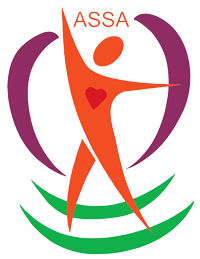
Risk relationship between dcd and albanian children based on gender.
Fatmir Byrtaj1, Zamir Ahmeti2, Robert Andrea3
1University of Toronto, Faculty of Movement, Toronto, Canada. 2 University of North Carolina, Departament of Health, Toronto Canada. 3University of Toronto, Faculty of Movement, Toronto, Canada
Corresponding author; Fatmir Byrtaj, fatmirbyrtaj@yahoo.com
Abstract
Introduction. Children awareness showed while they performe daily life skills like, tying shoes, writting their names, riding a bicycles or even runing leads with lack of executing motor skills which are considered as Childhood Development Disorder.
Aim. The aim of this study is to find out the prevalence of DCD in children.
Methods. A total of 357 children of elementary schools, living in Albania were part of this study. We have used a standartized questionaire in order to find out the level of Developement Childhood Disorder. Questionaires were filled by their physical education teachers in colaboration with their parents.
Results. Results showed that there was a lower indication of DCD in children whith less than 10% of DCD in these children. In Saranda city 94 % was not indicable, 92 % of children in Diber city as well, 93% of children in Kavaja and in Tepelena 82% has no propability to have DCD. When we studied gender we found out that there was no significant differences between gender, while boys showed 38.2 % comparing to girls with 37.9% of DCD.
Discussion. Based in this study we might say that there is no risk of DCD in these ages, but we need further eresearch to determinde this fenomen more acurately. Parents should be more informed regarding to DCD and coperate with school teachers and specialist.
Keywords: children, development coordination disorder, city
ICSSE 2021 Conference Online Registration
Please fill in the form below. We’ll contact you as soon as possible.

